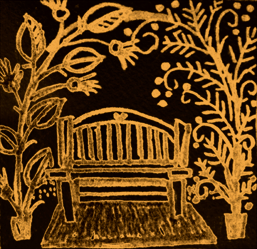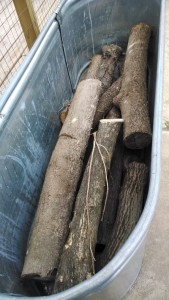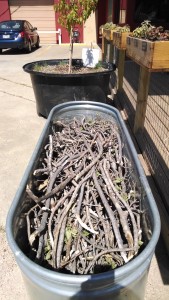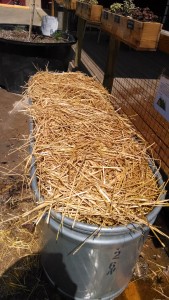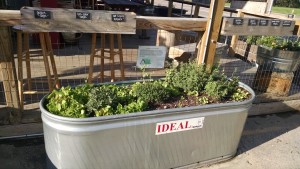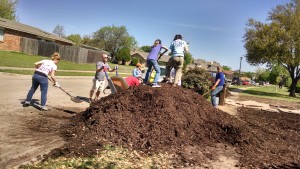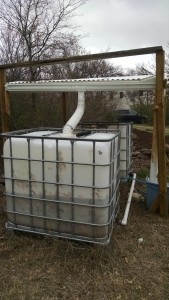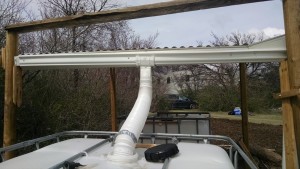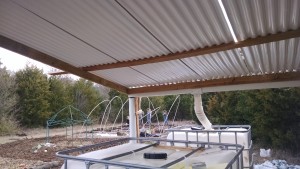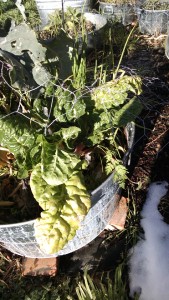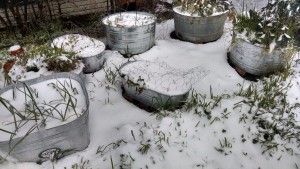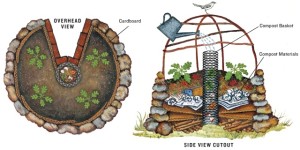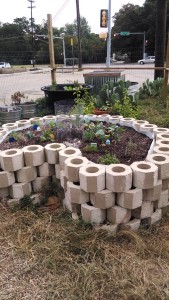Several years ago, I was camping in SW Missouri. We had arrived the night before, and in the morning as the group was preparing breakfast, I happened to look down the meadow at campfire smoke at another campsite. The smoke went up straight, and then leveled out as though it was hitting a ceiling. I mentioned that we were in for some rain. Everyone thought I was crazy, because there was a clear blue sky…no cloud in sight. As the morning wore on, clouds starting blowing in and by evening we were drenched. The next morning, while we were trying to get the wet wood to ignite, I was asked if the rain would continue. I looked down the meadow and saw the smoke rising a bit and wafting up and over and around in a crazy generally upward pattern and stated that I thought it might just let up during the day. Sure enough, we had no more rain. I was lauded as a weather guru, but it was all in how to read the signs that are around us. And I’ll share them with you. I wish I could say I had noticed all these signs myself, but I read this delightful little book that talked about reading the clouds and, particularly, the animal and plant signs.
Last week, on the last day of Earth Day Texas, the organizers closed the event about a hour earlier than scheduled. They said a bad storm was coming, and a tornado watch was issued. We packed up our booth, and headed to our cars. But the skies didn’t look that threatening. As the lawn had lots of clover among the grass, I eye-balled the clover. The leaves had not turned over – which they do ahead of approaching rain. As it turned out, no bad storm passed through our area that night.
This week, as I was driving north to Oklahoma on a rainy, stormy day, it just wasn’t a good idea to pull out the smart phone and check the weather radar. But I wanted to know if I should pull out on the next exit or could travel on…
The answer was with the cows in the pastures … When a storm is approaching, the cattle will start congregating in a group, usually in the farthest corner of the pasture from the storm. They will lie down with their tails to the approaching weather. Watch the cows.
Some dogs will start panting rapidly as the air pressure increases. I had a beagle I called my weather dog, because I would go to let her out sometimes and she would get to the door, pause and turn around…Nope…not going. Sure enough, it would rain soon after that.
Flies and birds will settle just before a storm, and you have probably noticed that sounds travel differently, that it almost seems quieter just before a storm.
So…watch the animals and plants, and observe what is going on around you. I think you will feel amazed at what you notice. And it will give you time to plant the last things into your garden, or know when to tie things down to prevent damage.
